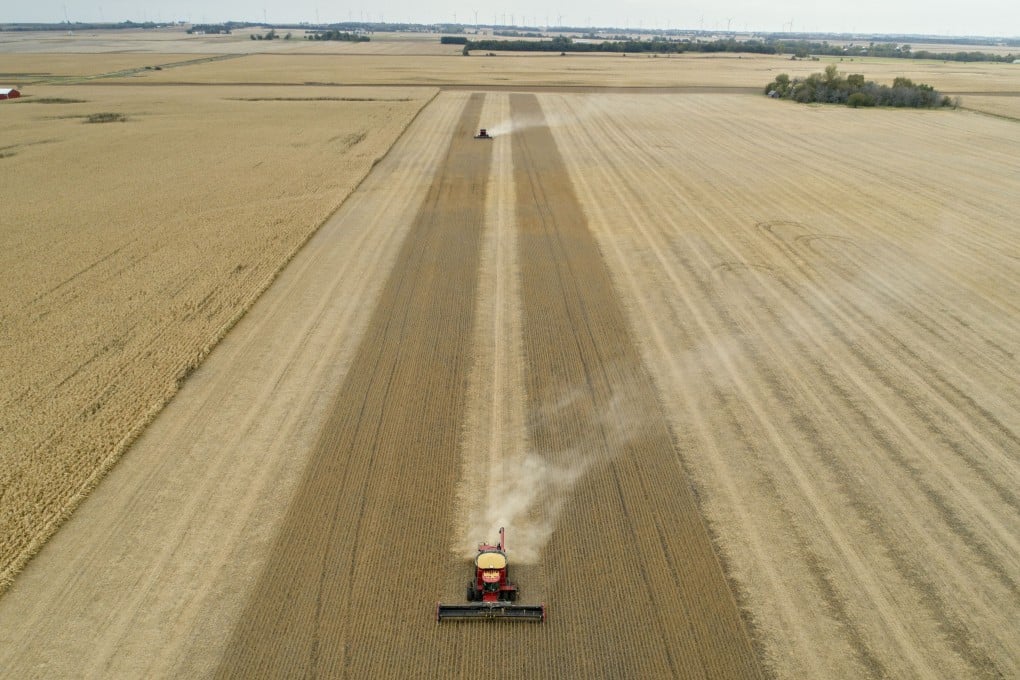How United States became world’s top soybean producer, what it does with them, and why US-China trade war makes crop’s future uncertain
- The soybean originated in China, but with the help of government and Congress, the US has become the world’s biggest grower
- Americans don’t much like eating soy, and half the crop is exported. But with China reducing imports from US amid trade war, the good times may be over

In 1905, the US Department of Agriculture sent Frank Meyer to China to look for interesting seeds. Over the next three years the Netherlands-born plant explorer, who had trained at the famous Hortus Botanicus in Amsterdam (and changed his name from Frans Meijer when he emigrated to the United States), would send back thousands of seeds, cuttings and whole plants.
Among that bounty were the slightly sweet variety of lemon that was later named after him, and 44 varieties of soybean.
These weren’t the first soybeans in the Americas. Benjamin Franklin had sent some back to Philadelphia from London in 1770, noting that in China people were said to make “a cheese” out of them.
Five years before that a former East India Company sailor had planted a few in Savannah, Georgia, and later even figured out how to make soy sauce. In the 1800s there more US soy-growing experiments, and labourers recruited from China and Japan began to bring not only the beans but also a taste for things made out of them. By the time Meyer travelled to China there were dozens of tofu shops catering to Japanese immigrants up and down the US west coast.

Meyer’s beans were part of a concerted effort that by the early 1940s had enabled the US to surpass China as the world’s top soybean producer. His employer, the US Department of Agriculture, was the most important agent of soy’s rise, but there were many others, from agricultural-science professors at Midwestern universities to Seventh-day Adventists in search of protein-rich vegetarian foods to business titan Henry Ford, who envisioned a world in which more or less everything would be made of soy, including cars and clothing.
The US$39,000 “soybean suit” that Ford proudly donned in 1941 was only one-quarter soy fibre, though (the rest was wool). Soy fabrics proved impractical, and most of the other non-food soy uses envisioned by Ford and others in the 1930s and 1940s never panned out.